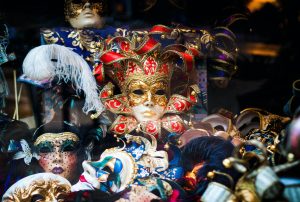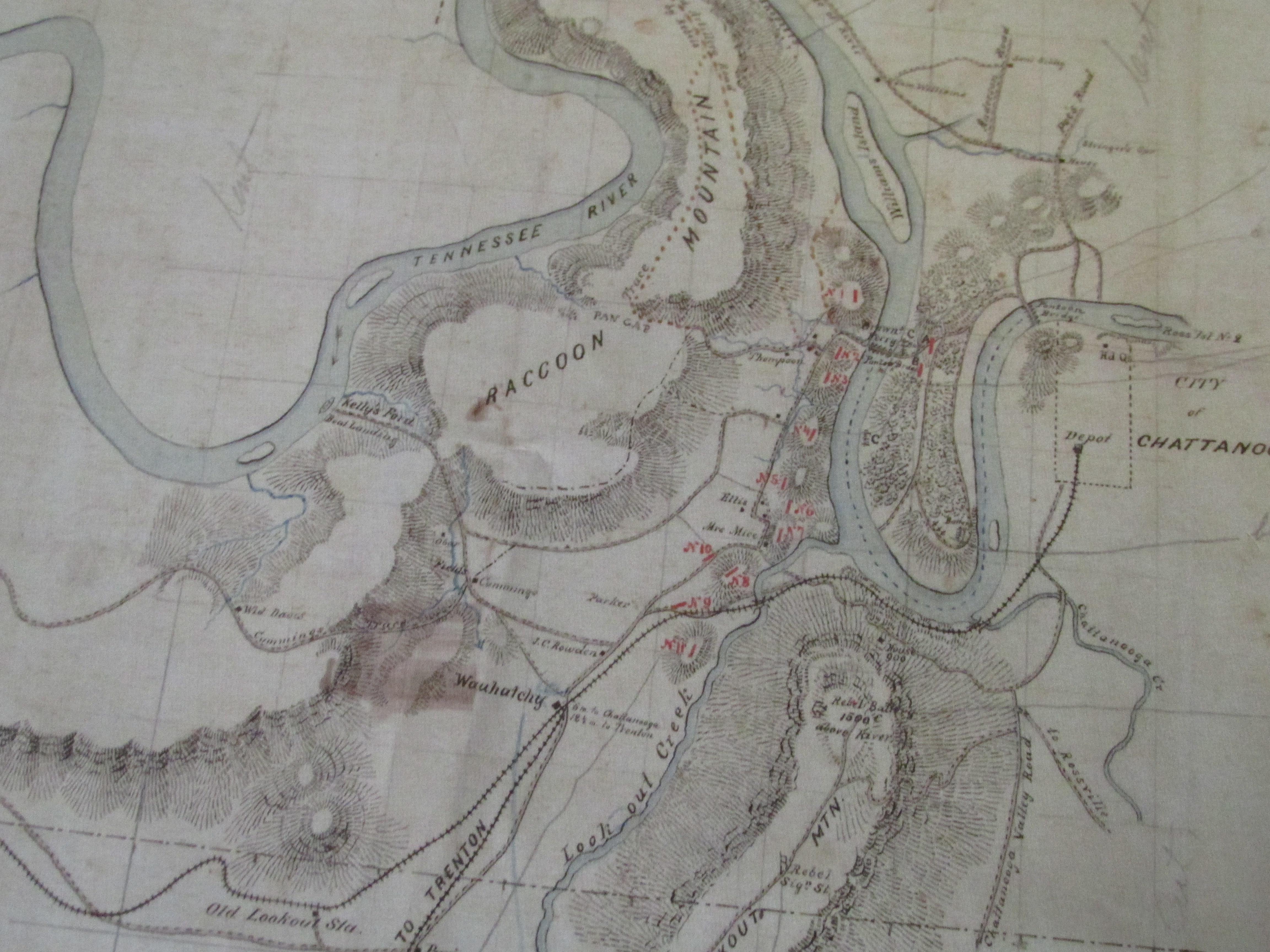If you watch movies or read fiction novels, your perception of masquerades is probably of elaborate parties among the wealthy elite people in old European societies. I know that’s always been my impression. So imagine my surprise when I decided to dig into the history of masquerades and found almost the exact opposite.
Masquerade
The word “masquerade” has its roots in the French word “mascarade” and the Italian word “maschera”. Masquerades actually originated among the poor people of medieval Europe. However, it didn’t take long for the higher classes, especially in France, to engage in masquerade balls. One such event is known as the “Bal des Ardents” or The Ball of the Burning Men. This particular masquerade ball was held by Charles VI of France in celebration of the marriage of the Queen’s Lady in Waiting. The king and five other men dressed in costumes made of linen soaked in resin and flax was attached to this, making the costumes highly flammable. When the king’s drunken brother threw a torch at one of the dancers, they all caught on fire and only the king was saved.

Soon the excitement of masquerades spread to Venice, Italy, where anonymity was hard to come by. During this same period, African ceremonial masquerades spilled into the Caribbean and southeastern United States where it developed into carnivals.
The main rule of the masquerade was the privacy and anonymity of all attendees.
Each person’s identity was to be kept quiet, and no one dared to reveal their identity until after midnight. The costume was meant to make its wearer unidentifiable and conversations were to begin with specific phrases, such as “I know you” and “Do you know me?”
Such anonymity gave people the courage to freely express their ideas, regardless of how foolish or wicked they were without fear of retribution. However, it didn’t stop with reckless verbiage. In striving for anonymity, men often dressed as women and women as men. In addition, masquerades became a place for unescorted women. Sexual behaviors, otherwise frowned upon in society, became part of these masquerades.
One masquerade ball even enabled the murder of a King. Gustav III, the King of Sweden had consolidated power in the country and led with an autocratic rule. In 1792, King Gustav III attended a masquerade ball where he was killed by a nobleman. This gave the people a fear of masquerade balls, and masquerade events began to decline.
Carnivals had been very popular among village folks in Europe and masquerades stemmed from the carnivals. Eventually, the masquerades became popular among the aristocrats and royals, as mentioned previously. So, in addition to masquerade events diminishing due to fear, the popularity of masquerade balls also dropped when the population of the aristocrats also began to decline.

Kelly F. Barr lives in Lancaster County, Pennsylvania. She is married and has three sons. She writes historical romance. She has also been a blogger for ten years, and every Friday, you can find her Flash Fiction stories posted for your reading pleasure. She loves her family, including the family dog, books, walks, and chai lattes.
You can find her online at:
Website: kellyfbarr.com
MeWe: KellyBarr8



 We love helping your growing in your writing career.
We love helping your growing in your writing career.

No Comments